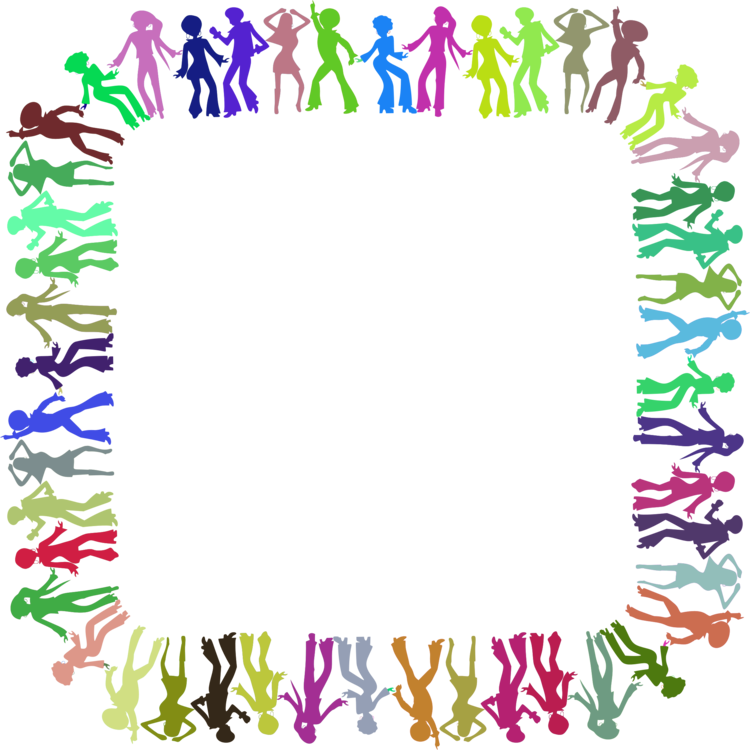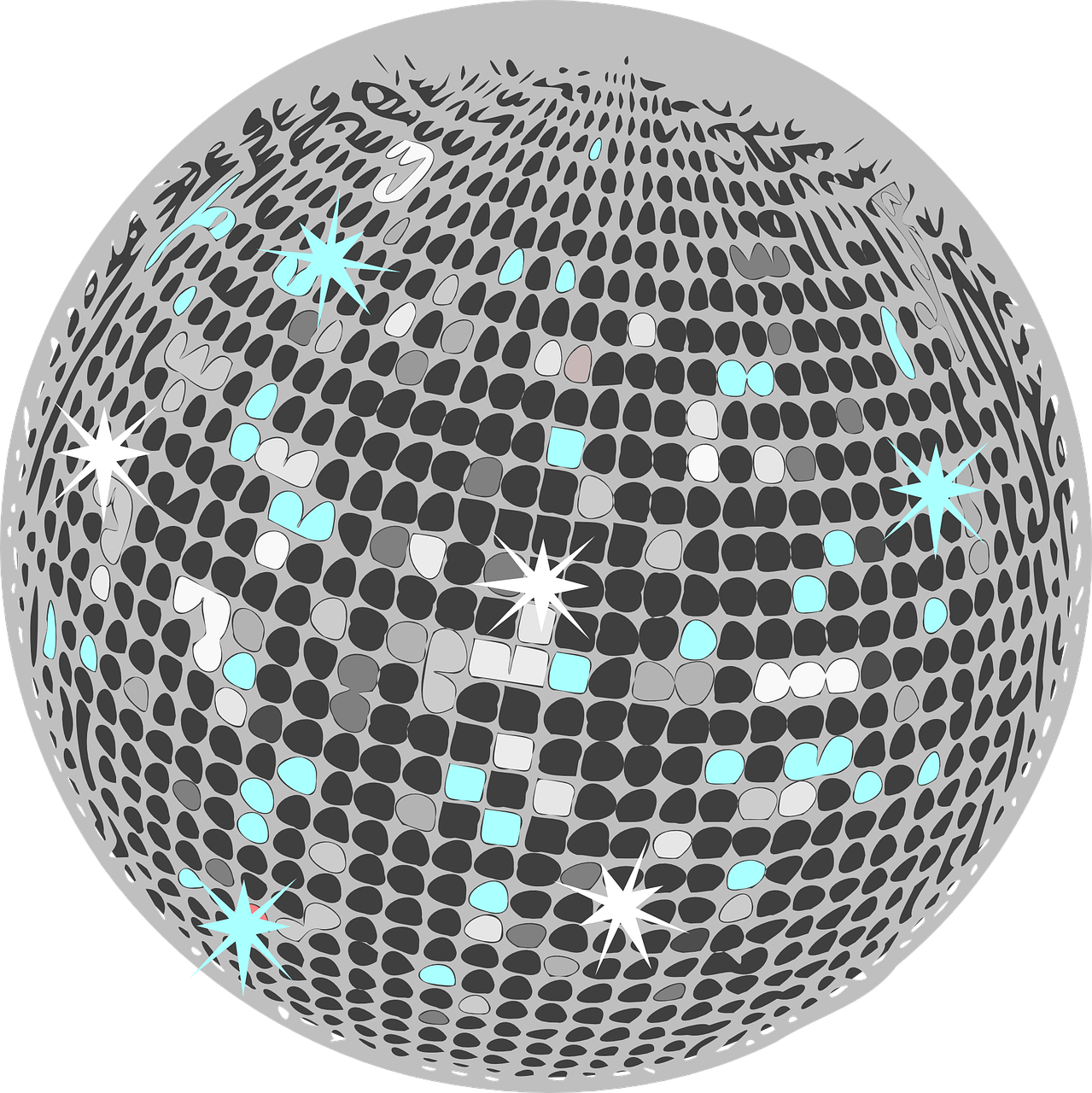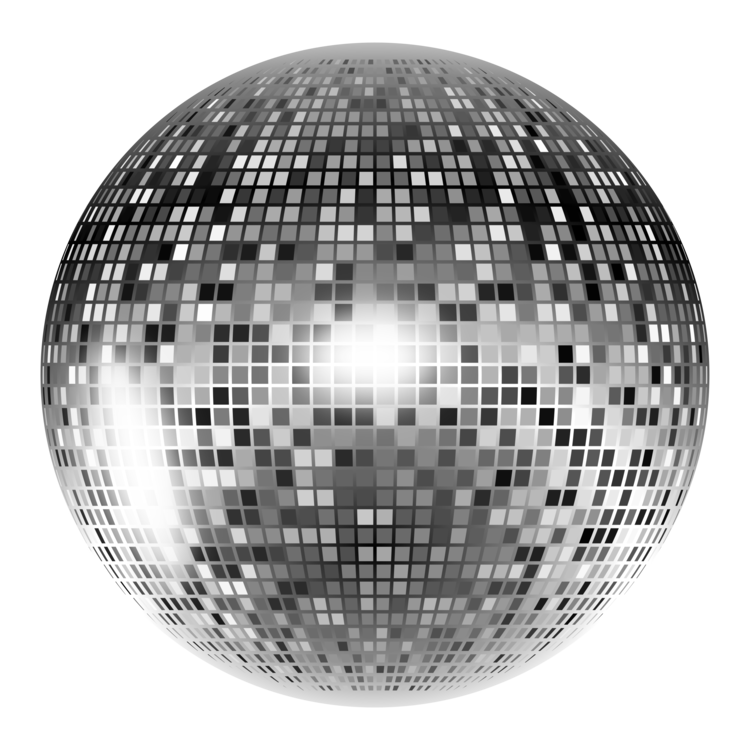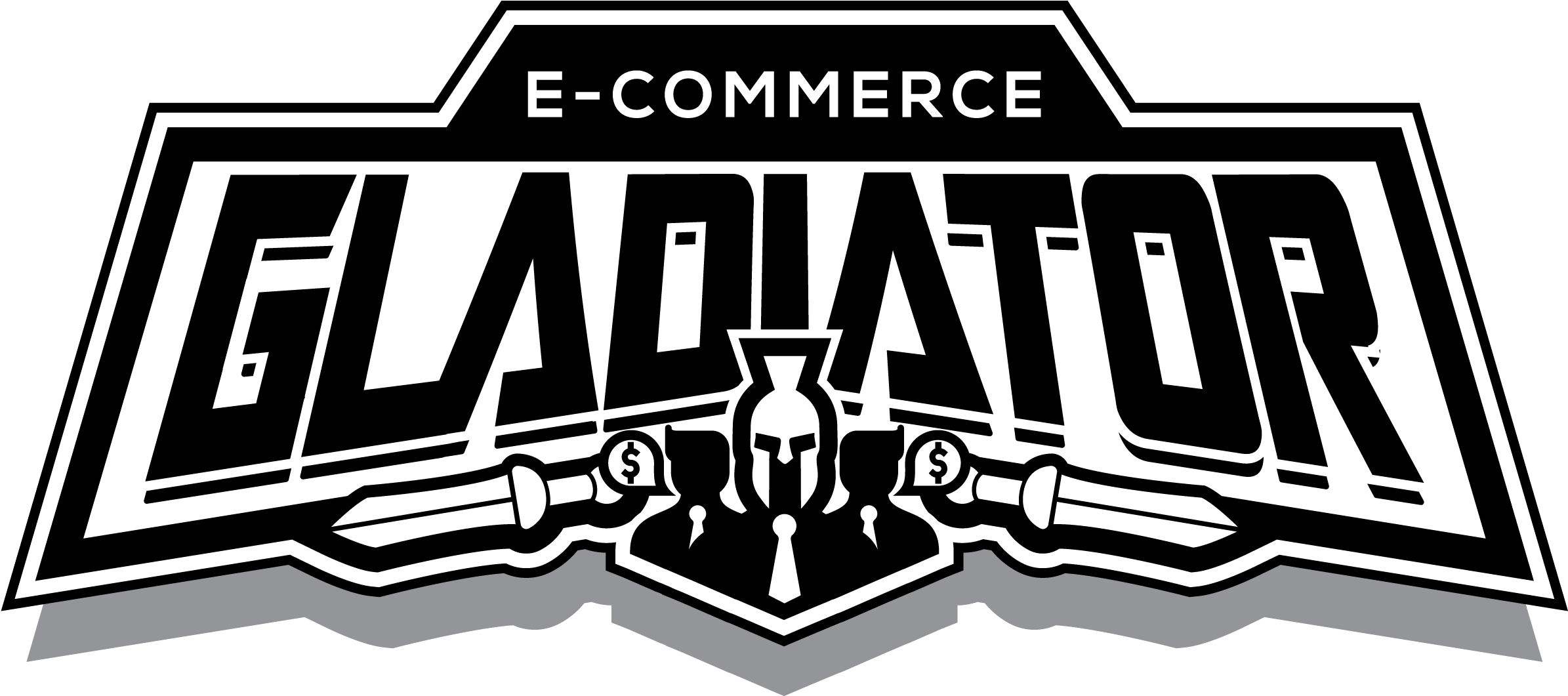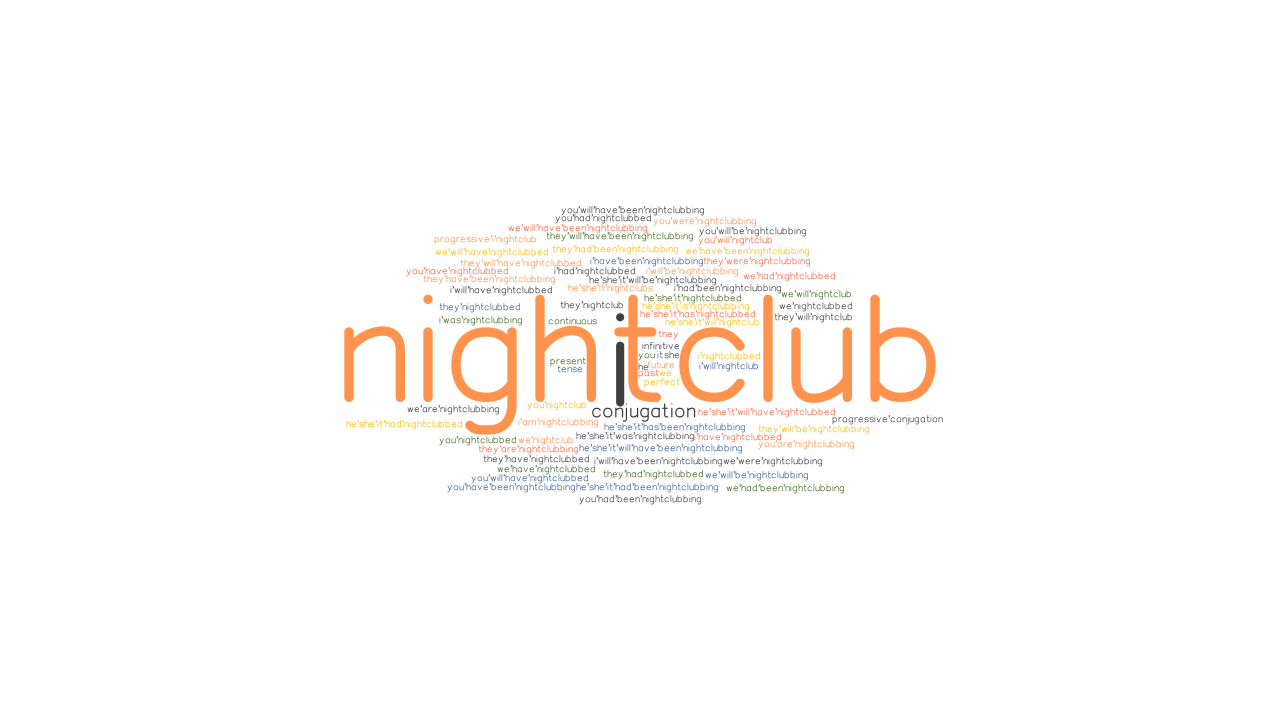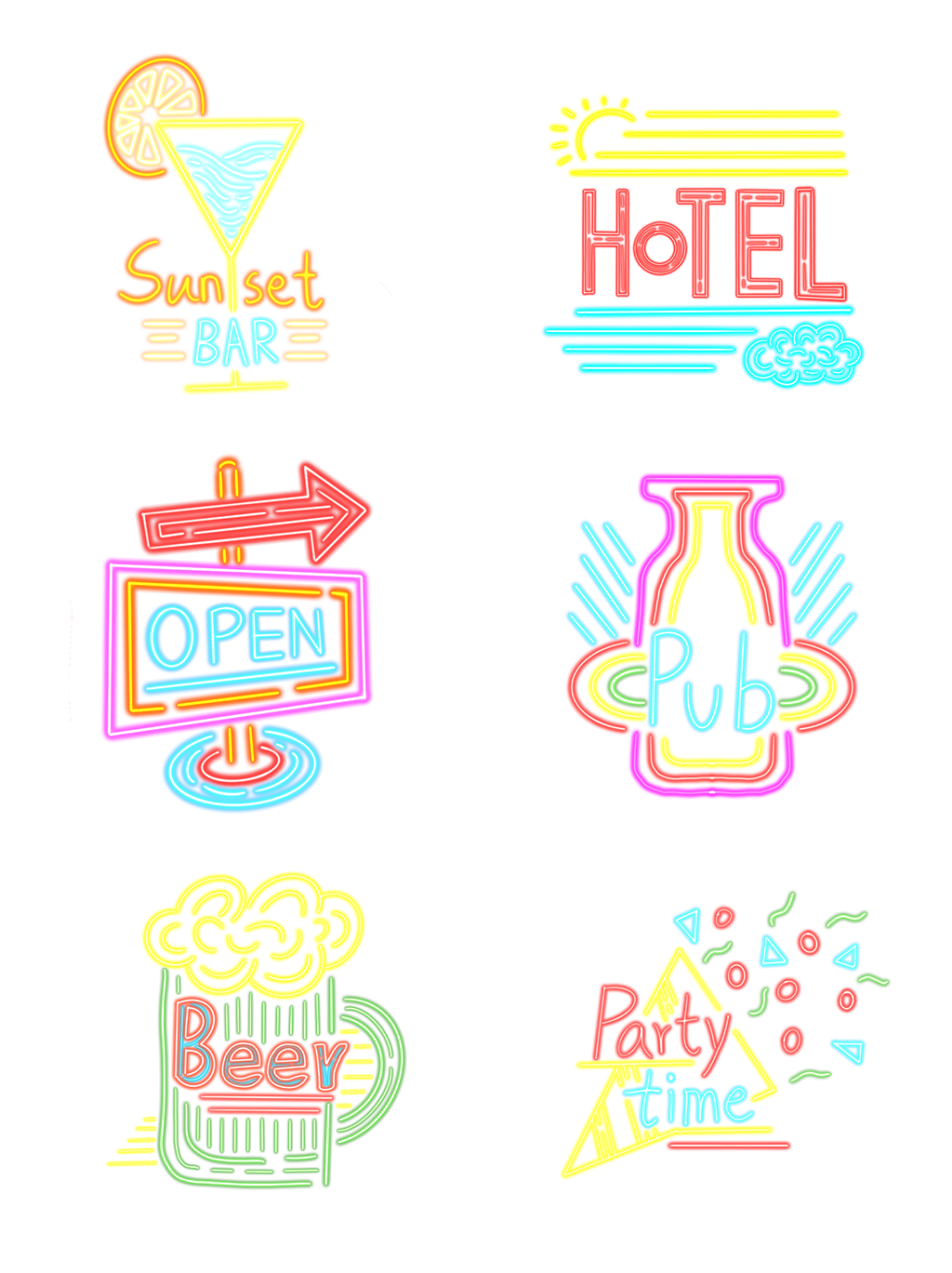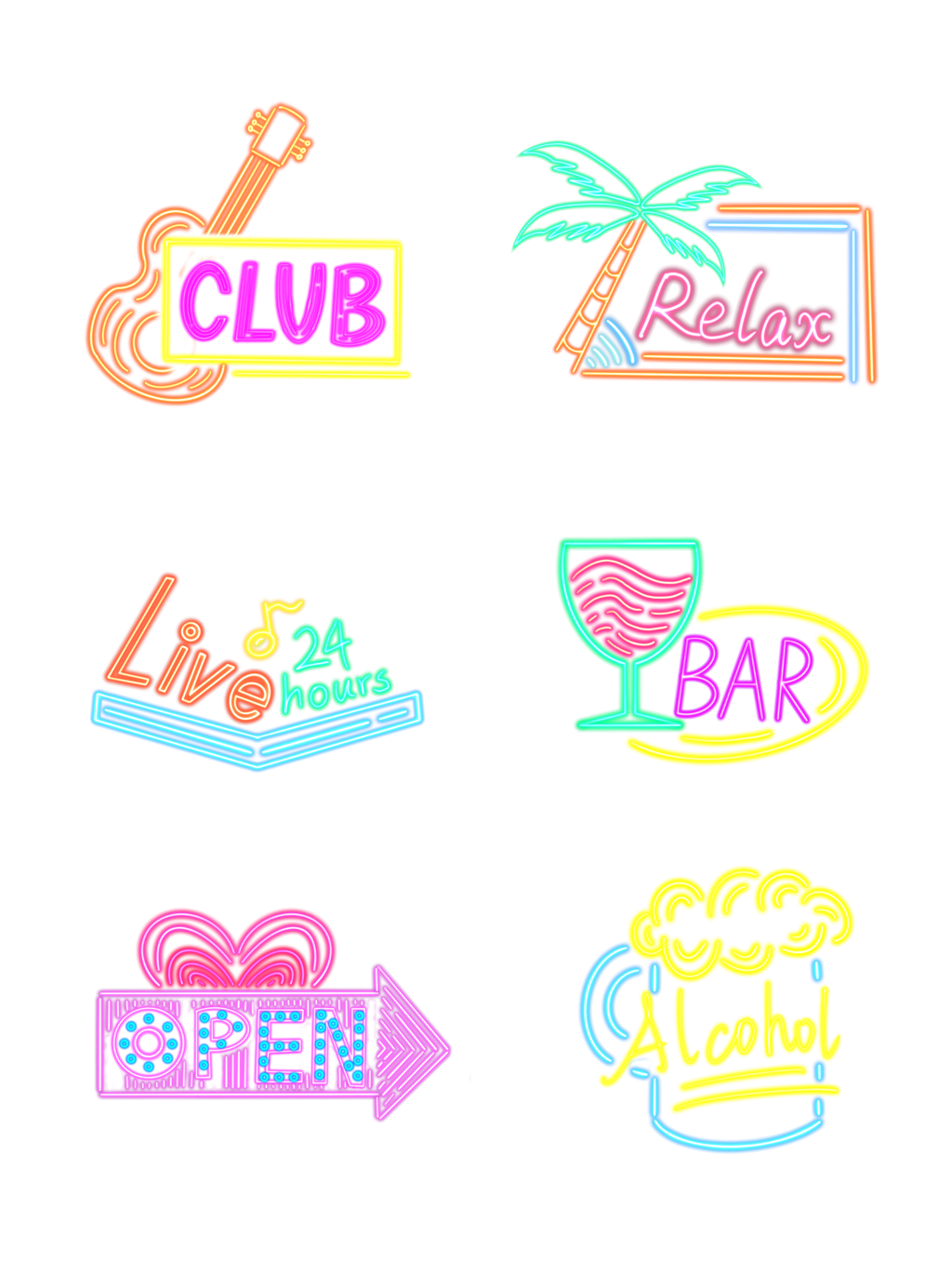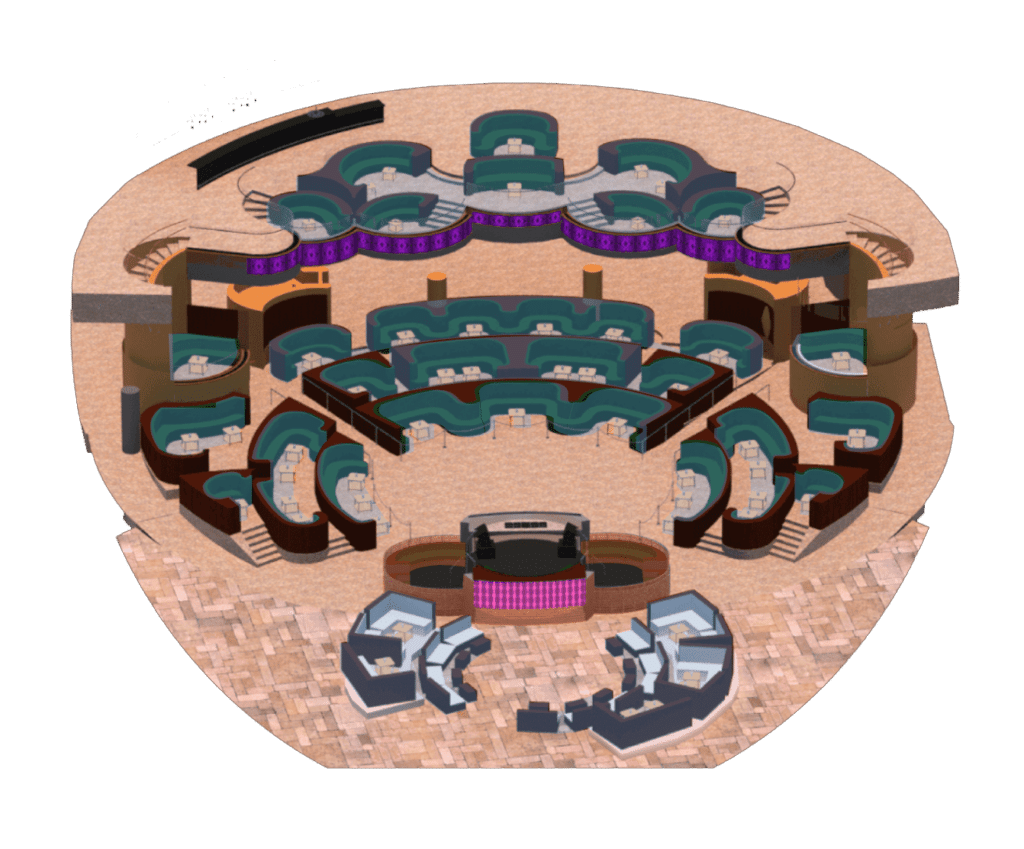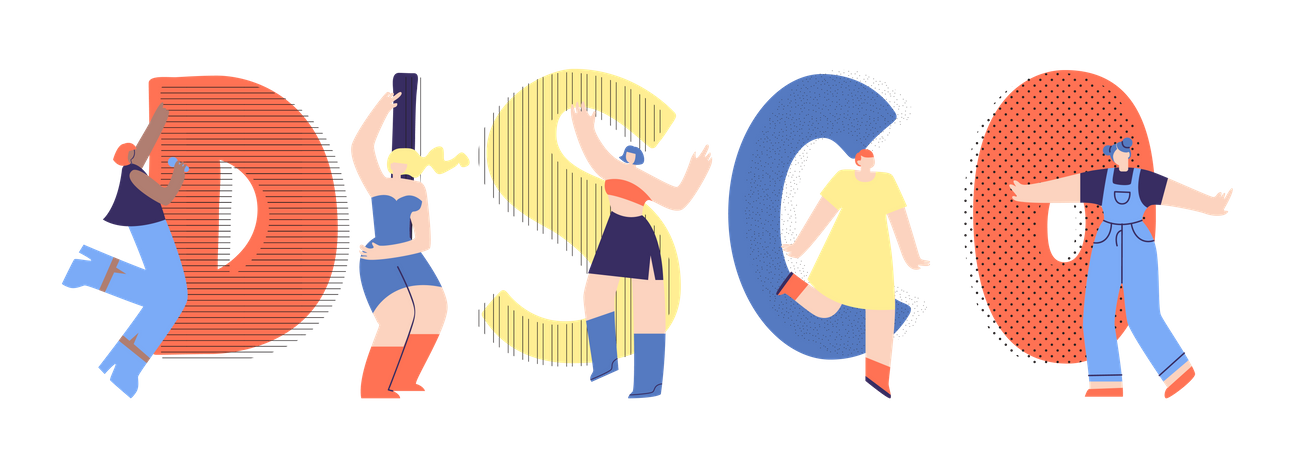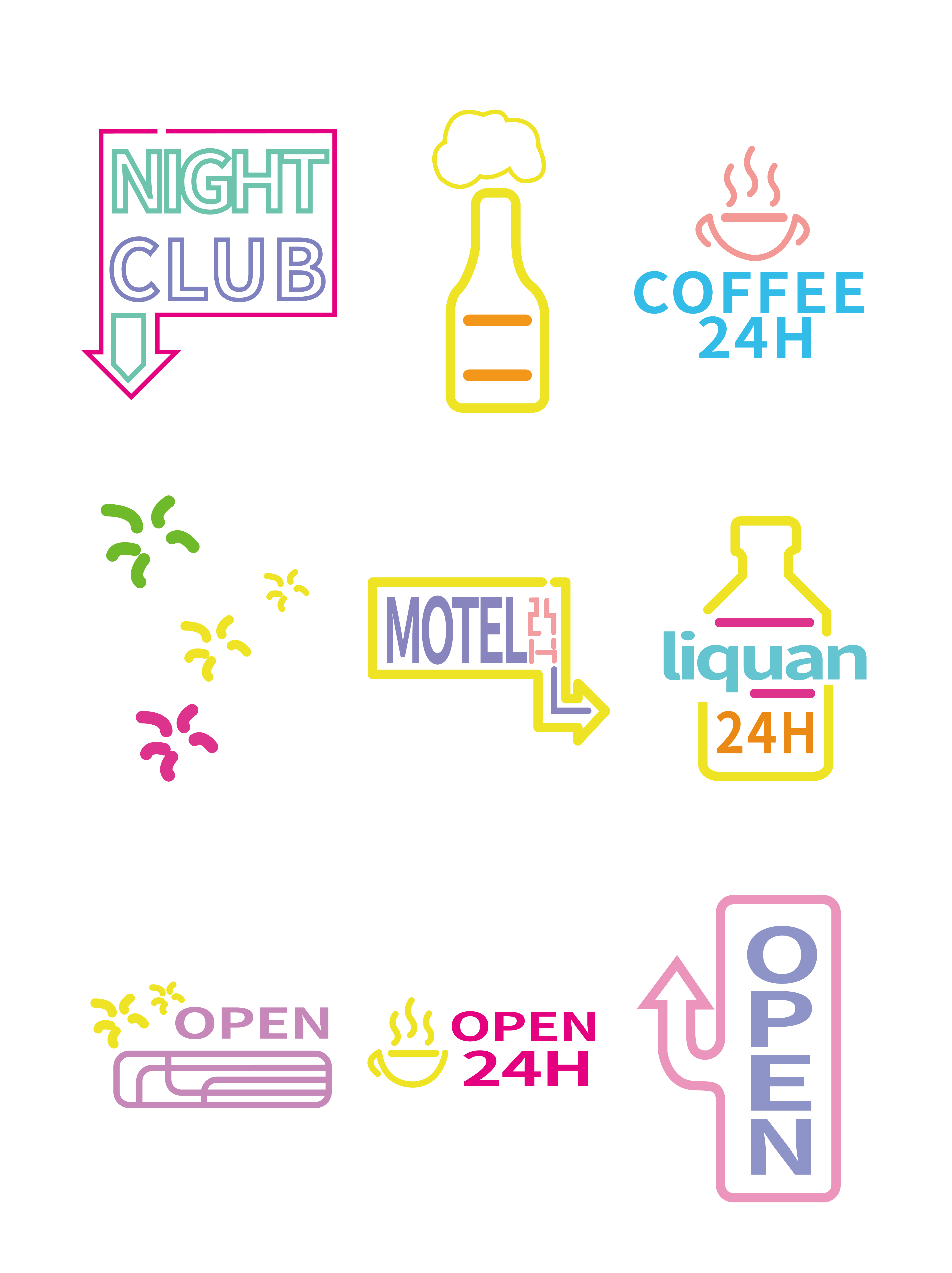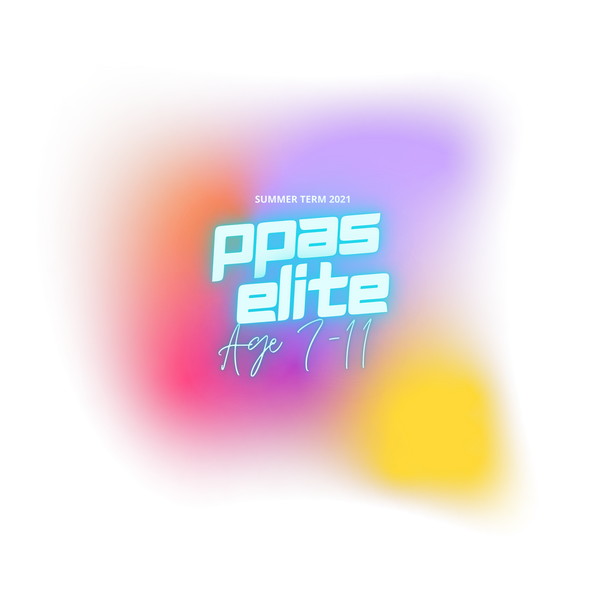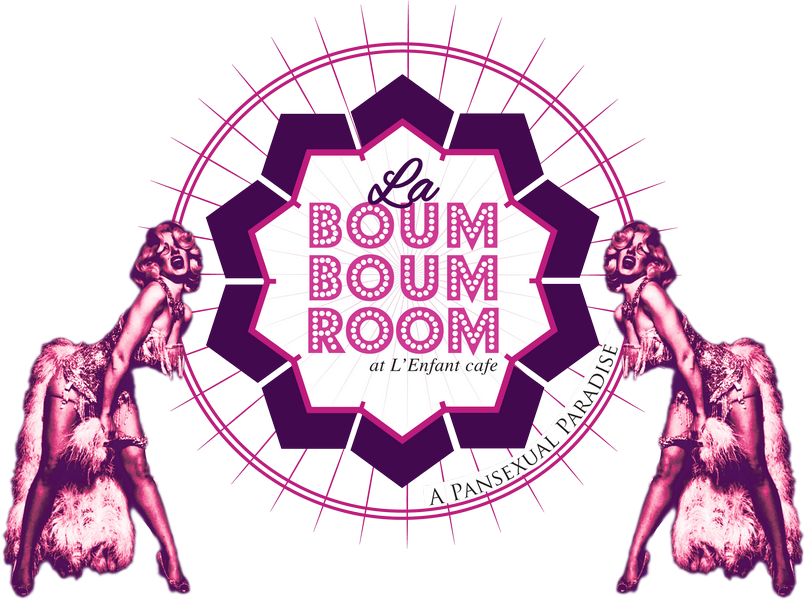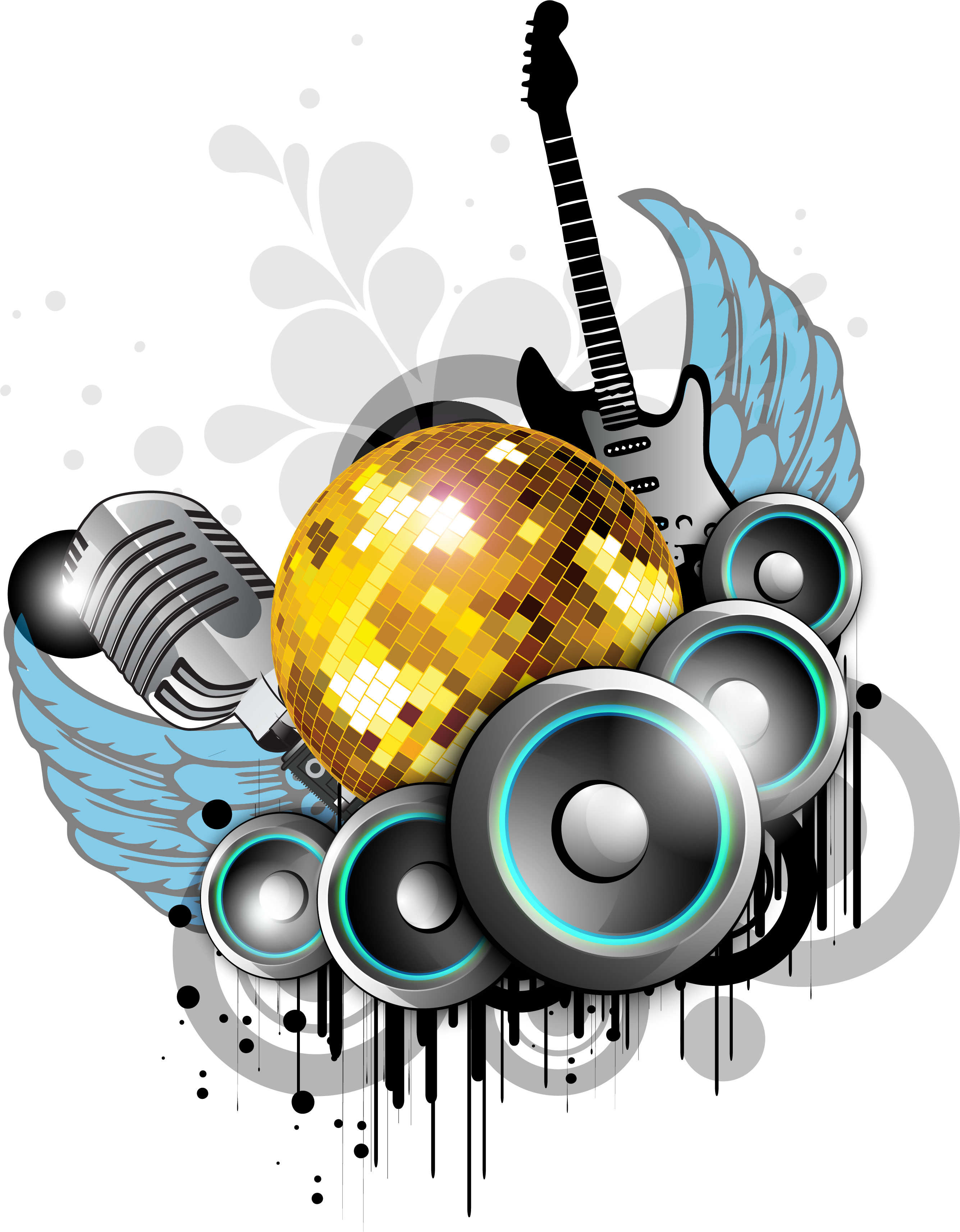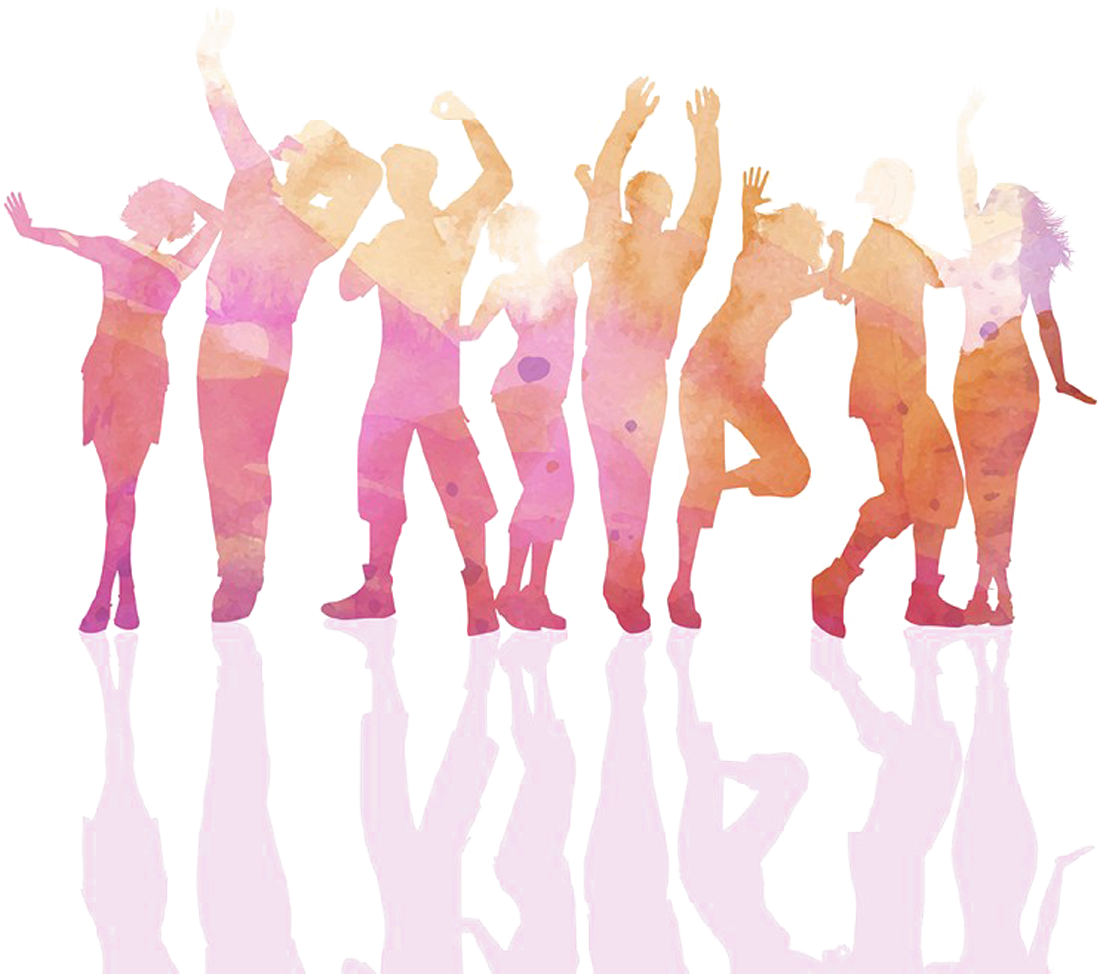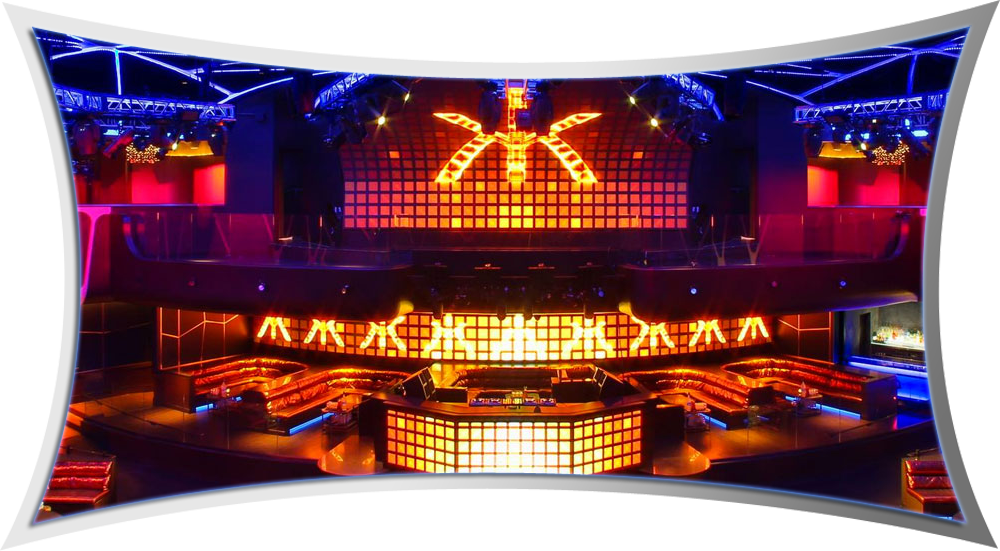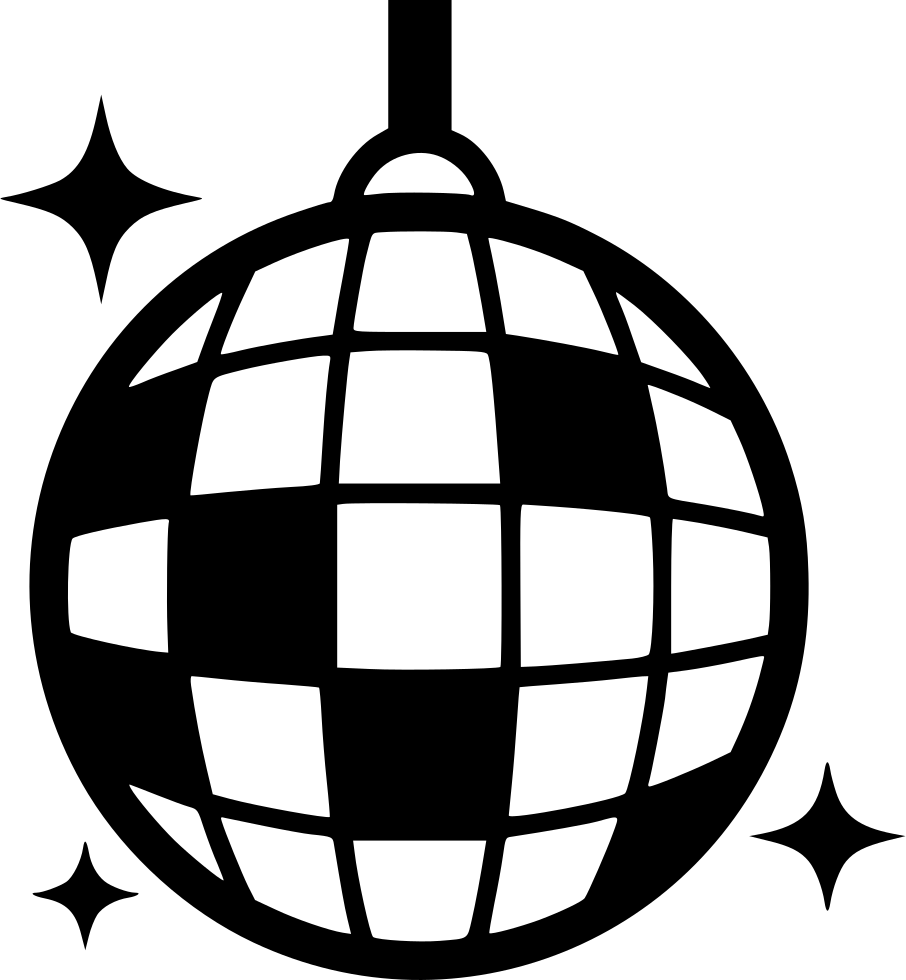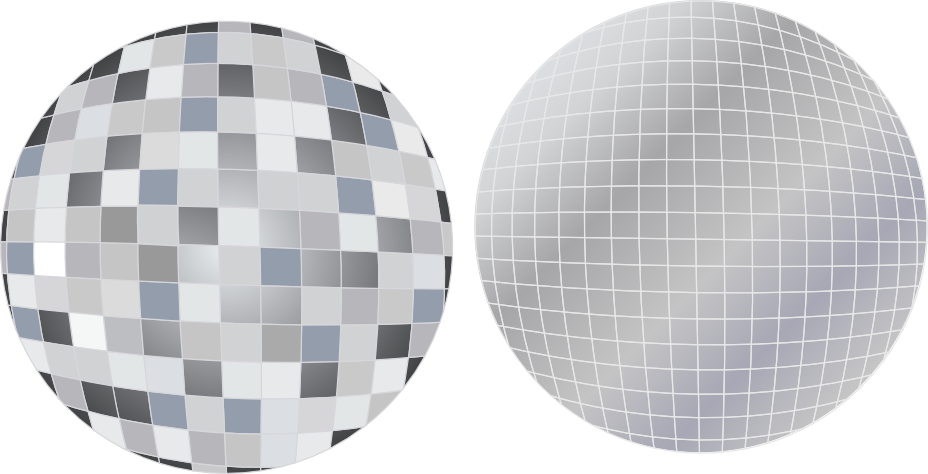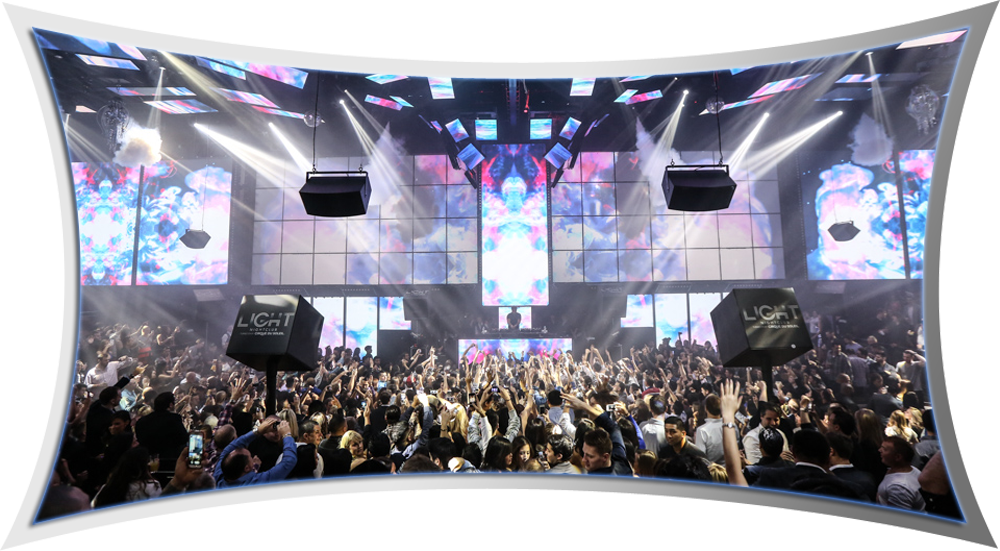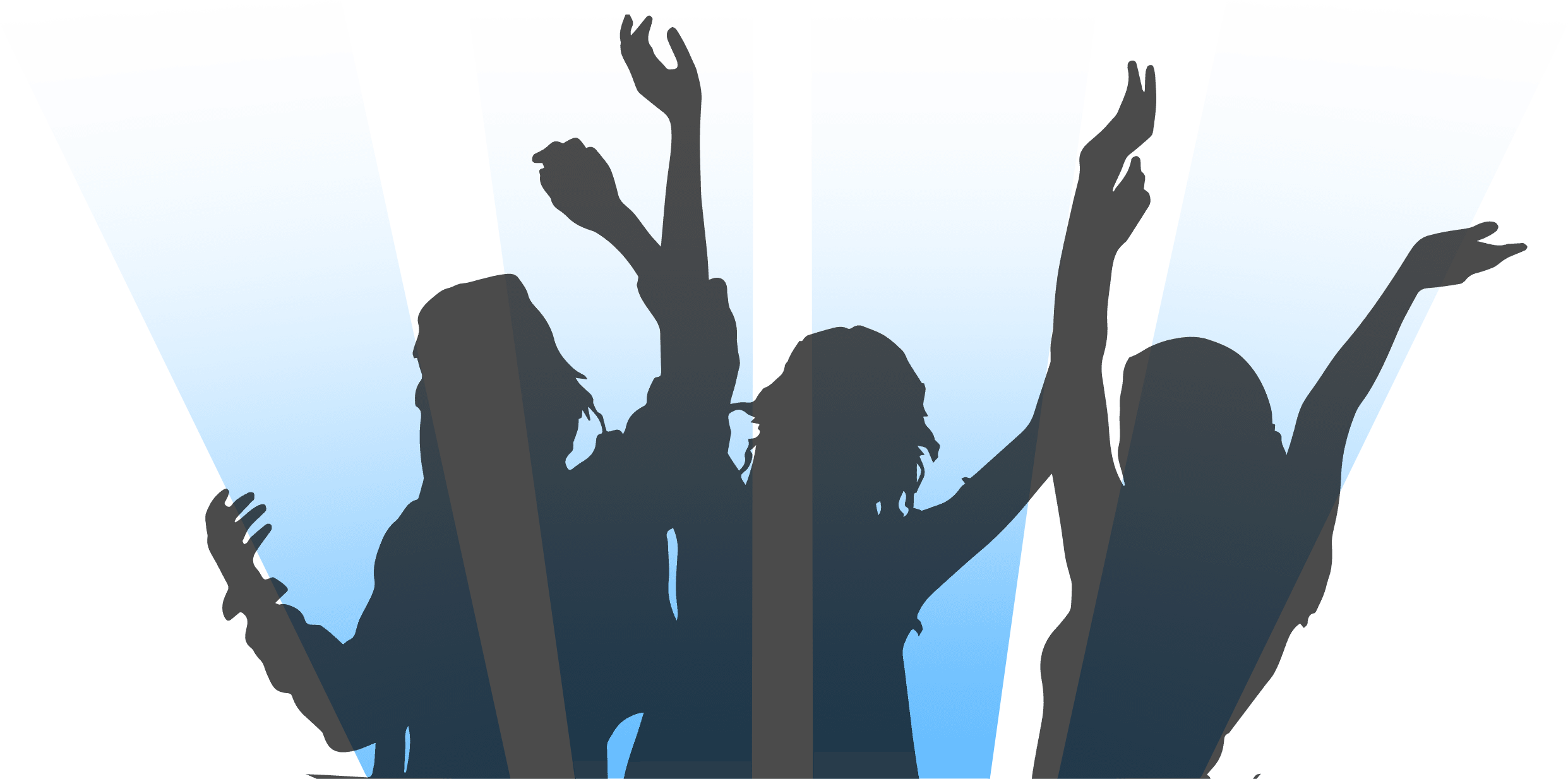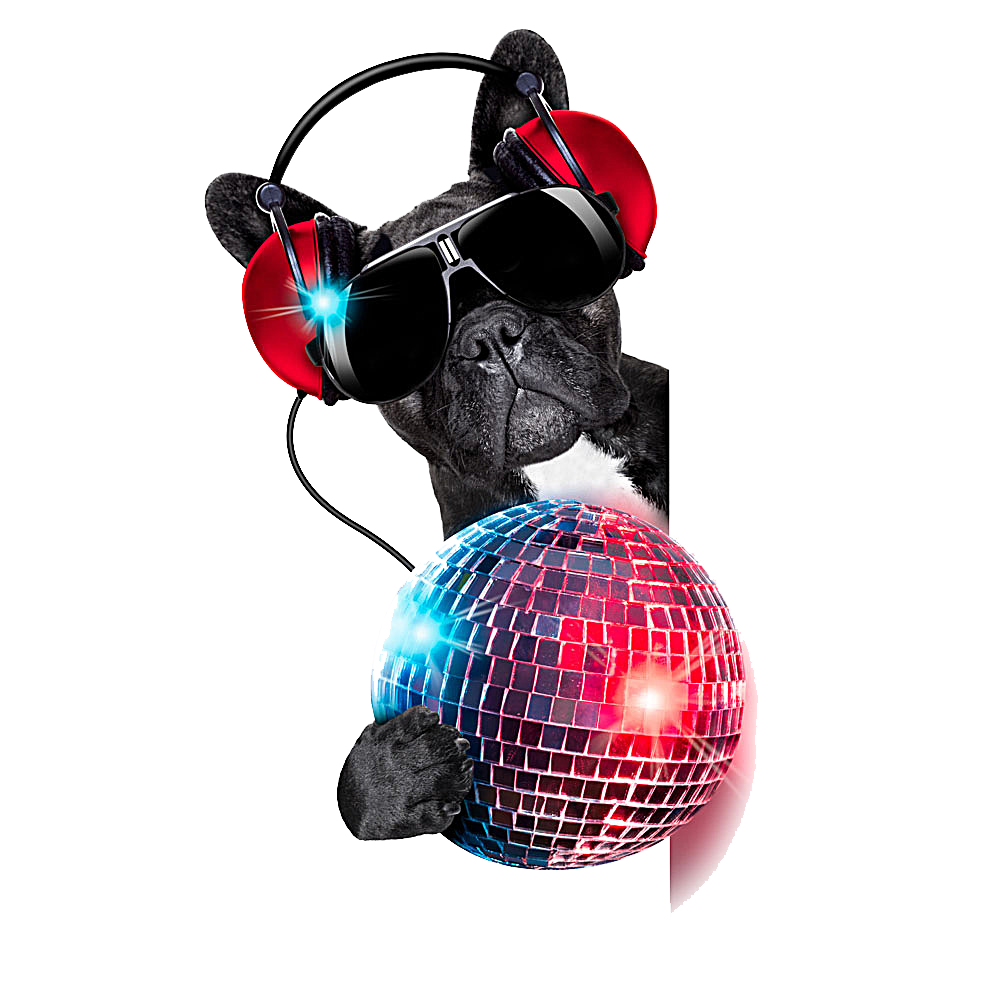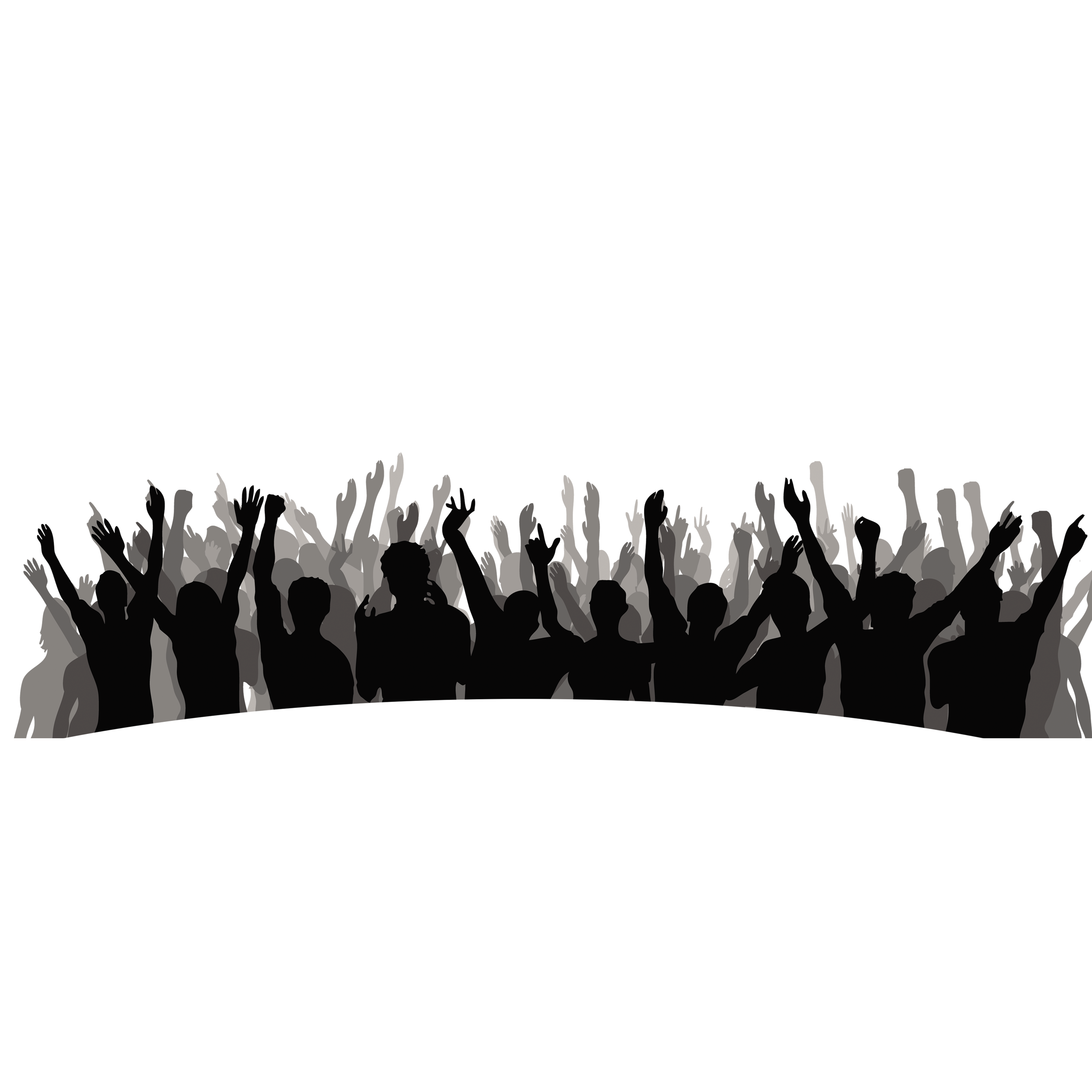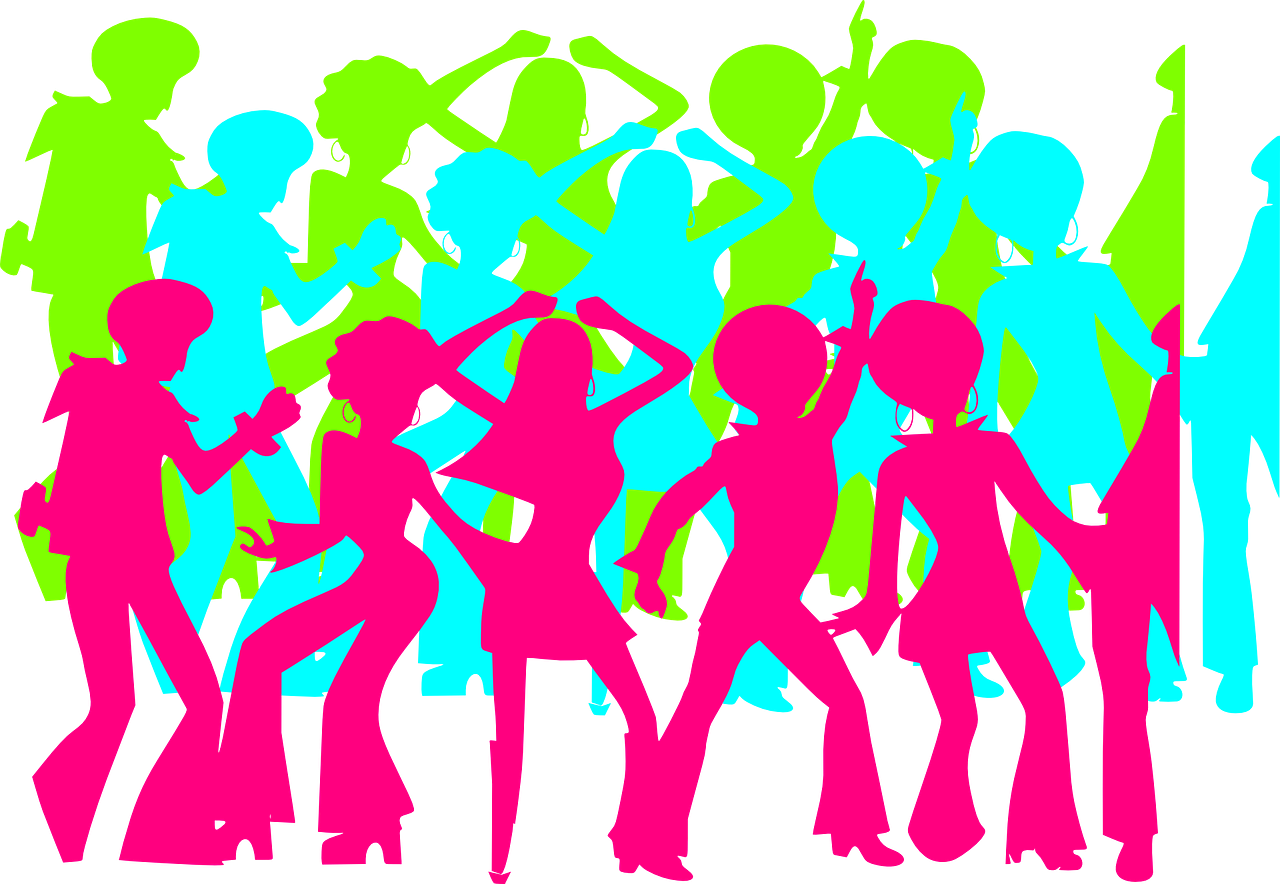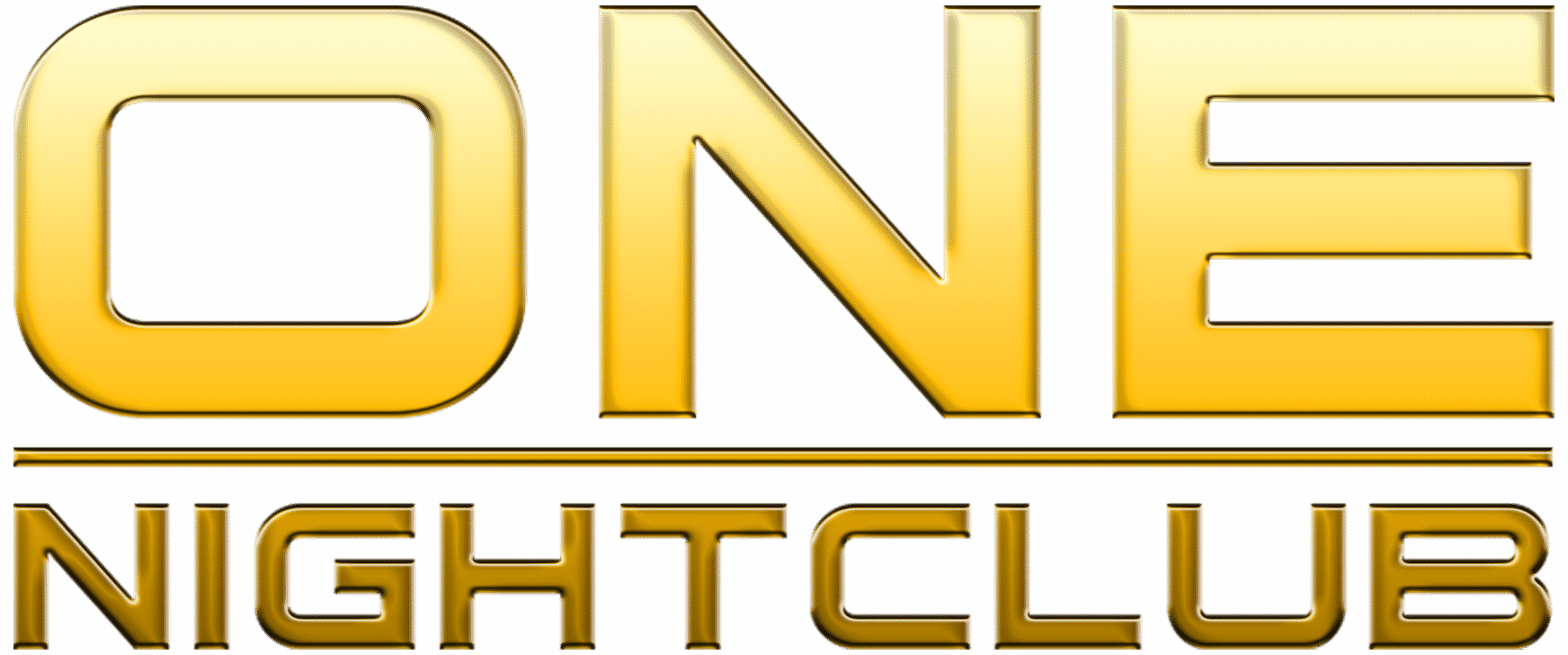Download top and best high-quality free Nightclub PNG Transparent Images backgrounds available in various sizes. To view the full PNG size resolution click on any of the below image thumbnail.
License Info: Creative Commons 4.0 BY-NC
A nightclub, often known as a music club, discothèque, or simply club, is a late-night entertainment establishment and bar. A nightclub is distinguished from other clubs, pubs, or taverns by the presence of a live music stage, one or more dance floor sections, and a DJ booth where recorded music is played. The upscale character of nightclubs may be observed in the provision of VIP sections for celebrities and their guests at some nightclubs. Bouncers are far more likely to be used at nightclubs than in pubs or sports bars to check potential clubgoers. As part of a dress code, some nightclub bouncers refuse to accept anyone dressed in casual or gang clothes. Friday and Saturday evenings are the busiest nights for a nightclub. Most clubs or club nights specialize in specific kinds of music, such as a house or hip hop. On certain days of the week, several clubs have recurrent club nights. For branding purposes, most club nights concentrate on a certain genre or sound.
New York has rapidly become the nation’s tourism and entertainment hub in the United States. Grand hotels were constructed for affluent tourists. During this half-century, New York’s theatrical area steadily migrated northward, from The Bowery up Broadway via Union Square and Madison Square, until settling in Times Square at the turn of the century. Broadway legends like Edwin Booth and Lillian Russell were present. Prostitutes catered to a wide range of clients, including sailors on leave and playboys.
McGlory’s and the Haymarket were among the earliest nightclubs to open in New York City in the 1840s and 1850s. They were well-known across the country for their live music, dance, and vaudeville performances. Unlicensed booze, commercial prostitution, and gambling cards were allowed, especially by Faro. In the city, almost all gambling was prohibited (with the exception of expensive horseracing venues), and frequent payoffs to political and police officials were required. The prices were expensive, and they catered to an affluent clientele. They were dubbed “the first nightclubs” by Timothy Gilfoyle. Owney Geoghegan, on the other hand, managed New York’s roughest nightclub from 1880 until 1883. It catered to a lower-class clientele, and it included nightly fistfights, as well as occasional shootings, stabbings, and police raids, in addition to the typical illicit booze, gambling, and prostitution. Webster Hall is recognized as being the first modern nightclub, having opened in 1886 as a “social hall” and serving as a venue for dancing and political action activities.
Louis Glass and his colleague William S. Arnold, both managers of the Pacific Phonograph Co., created the jukebox (a coin-operated record player) in 1889. On November 23, 1889, the first jukebox was placed in the Palais Royale Saloon in San Francisco, and it became an instant hit.
The invention of the jukebox encouraged the growth of illegal speakeasy clubs during Prohibition, which required music but couldn’t afford a real band and needed valuable space for paying customers. Despite rumors of Al Capone’s participation and police bribes, Webster Hall remained open.
Working-class Americans gathered at honky-tonks and juke joints from around 1900 to 1920 to dance to music performed on a piano or a jukebox. Nightclubs such as New York’s 21 Club, Copacabana, El Morocco, and the Stork Club reopened when Prohibition was repealed in February 1933. Big bands performed at these nightclubs.
Download Nightclub PNG images transparent gallery.
- Nightclub Transparent
Resolution: 994 × 1095
Size: 65 KB
Image Format: .png
Download
- Nightclub Party PNG Image
Resolution: 750 × 750
Size: 293 KB
Image Format: .png
Download
- Nightclub PNG Clipart
Resolution: 1279 × 1280
Size: 1201 KB
Image Format: .png
Download
- Nightclub PNG Free Download
Resolution: 750 × 750
Size: 179 KB
Image Format: .png
Download
- Nightclub PNG Free Image
Resolution: 2390 × 1061
Size: 106 KB
Image Format: .png
Download
- Nightclub PNG File
Resolution: 1280 × 720
Size: 86 KB
Image Format: .png
Download
- Nightclub Party Transparent
Resolution: 759 × 750
Size: 79 KB
Image Format: .png
Download
- Nightclub Signs
Resolution: 1024 × 1369
Size: 907 KB
Image Format: .png
Download
- Nightclub Signs PNG
Resolution: 1024 × 1369
Size: 791 KB
Image Format: .png
Download
- Nightclub Party PNG Clipart
Resolution: 1024 × 849
Size: 301 KB
Image Format: .png
Download
- Nightclub PNG HD Image
Resolution: 1308 × 450
Size: 222 KB
Image Format: .png
Download
- Nightclub Signs PNG Image
Resolution: 4267 × 5704
Size: 318 KB
Image Format: .png
Download
- Nightclub PNG Picture
Resolution: 600 × 600
Size: 560 KB
Image Format: .png
Download
- Nightclub
Resolution: 806 × 600
Size: 516 KB
Image Format: .png
Download
- Nightclub PNG Pic
Resolution: 2670 × 3425
Size: 1763 KB
Image Format: .png
Download
- Nightclub PNG Download Image
Resolution: 1117 × 974
Size: 1005 KB
Image Format: .png
Download
- Nightclub PNG High Quality Image
Resolution: 1000 × 551
Size: 794 KB
Image Format: .png
Download
- Nightclub PNG Images
Resolution: 1182 × 687
Size: 497 KB
Image Format: .png
Download
- Nightclub Party
Resolution: 906 × 980
Size: 79 KB
Image Format: .png
Download
- Nightclub PNG Image File
Resolution: 928 × 474
Size: 186 KB
Image Format: .png
Download
- Nightclub PNG Photo
Resolution: 1000 × 551
Size: 854 KB
Image Format: .png
Download
- Nightclub PNG Image HD
Resolution: 2483 × 1234
Size: 185 KB
Image Format: .png
Download
- Nightclub PNG File Download Free
Resolution: 1000 × 1000
Size: 594 KB
Image Format: .png
Download
- Nightclub Party PNG
Resolution: 3402 × 3402
Size: 1332 KB
Image Format: .png
Download
- Nightclub PNG
Resolution: 1280 × 884
Size: 322 KB
Image Format: .png
Download
- Nightclub PNG Image
Resolution: 1744 × 728
Size: 126 KB
Image Format: .png
Download

